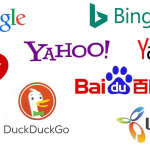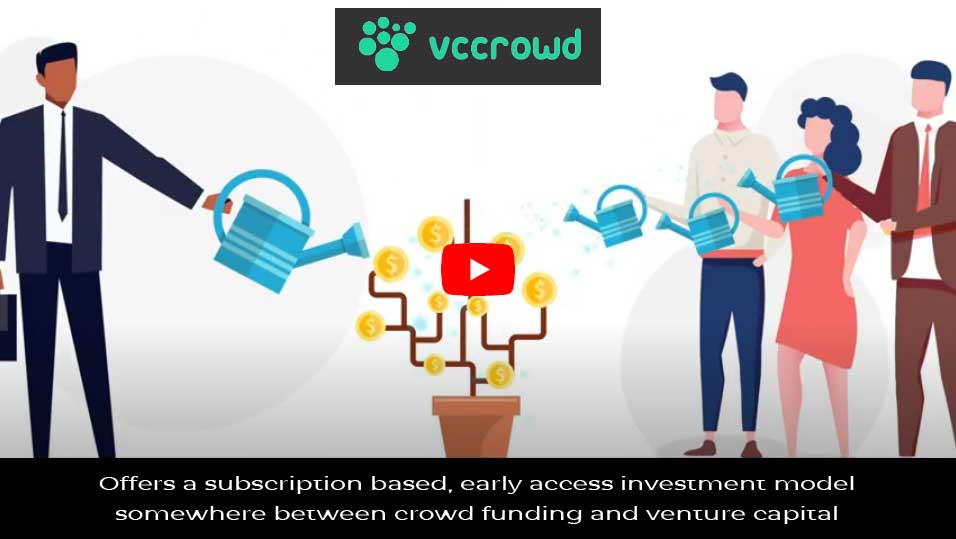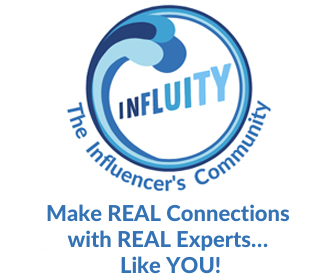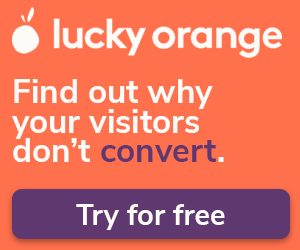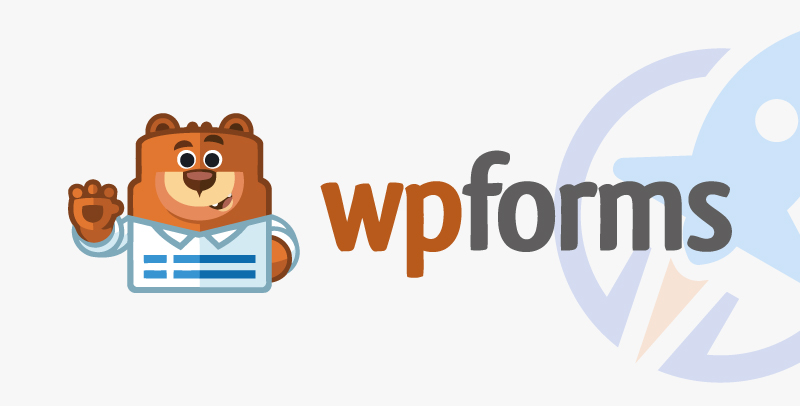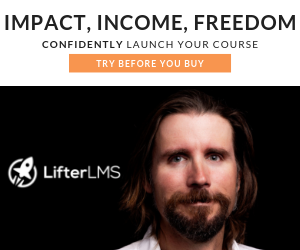They’re disappearing.
The ones who came before us, born before the TVs were in every home and before man walked on the moon. The Traditionalists, the Silent Generation, and right behind them, the Baby Boomers. We’ve depended on them. They’ve been there for us.
 But now, with the Silent Generation projected to decline by over 70% and Baby Boomers by nearly 30% from 2020 to 2030, we face a gap that might not be so easy to fill. Not without some thought. Some effort.
But now, with the Silent Generation projected to decline by over 70% and Baby Boomers by nearly 30% from 2020 to 2030, we face a gap that might not be so easy to fill. Not without some thought. Some effort.
For most nonprofits, the issue of deceased donors has been a matter of administrative housekeeping—keeping mailing lists clean by suppressing the names and addresses of those who have passed away. Or quickly checking office notes or the CRM to see if they’re in store for a bequest.
In reality the death of a donor is more than a clerical task; it’s about dignity and legacy. And yes, most fundraisers grasp the opportunities that spring from immediate knowledge of a donor’s passing—memorial gifts, family funds, following up on legacy commitments. And in the case of very large bequests, there’s the possible need to rethink the financing of the entire organization or an entire program. Yes, almost everyone grabs this, but relatively few do much about it.
What a horrific oversight. This neglect also evidences failure to seize the tremendous opportunity to pay respects, to honor, thank, and inspire long before before a loyal donor dies. We’re missing the chance to alert the donor’s friends and family to a life of commitment and encourage them to continue this tradition of involvement with our organizations.
We’re talking about more than just missing a name on a list; we’re talking about missing a part of our community’s story. By not adequately honoring those who have passed—and also recognizing those still alive, but aging– we miss out on deepening our connections with those who may be able and interested in carrying on on the tradition.
Is More Family Involvement Possible?
Family. It’s a word we all understand. A bond we can’t shake off, even if we wanted to. These families, they’re part of our community too. The 30-year-olds, unaware of their parents’ contributions, uninvolved until the direct mail shows up with a deceased parent’s name still on it. It’s a reality we see too often. It’s a wake-up call.
Charities often focus on Donor Advised Funds, Legacies, Honor and Memorial Gifts as the conventional practices; quite correctly. But what if we went further? What about organizing family days, requesting photos from the donors and their families to create a shared history? Or even better, sharing photos with the family of what Mom or Dad’s gift made possible. For example, I cherish a thank you letter to my father from Helen Keller, acknowledging his modest contributions to her work for the blind. It’s a treasured reminder of something he cared about. And so, to honor him, I continue supporting organizations assisting folks with visual and hearing disabilities.
What if we didn’t wait for donors to die? What if we involved the families now? Brought them into the fold with recognition and thanks that reached across generations? It’s not just about holding on to what we have; it’s about building. About creating a continuum that outlasts us all.
Over the years we’ve reported on the success achieved by Agitator readers like Mary Cahalane, Lisa Sargent,Tom Ahern, Julie Cooper, Claire Axelrad , Denisa Casement and many others when it comes to providing recognition and involvement in a personal, community-oriented manner.
They’ve shown us what works for the small and mid-sized charities, those community organizations that thrive on personal connections. They’ve got something to teach us, something to share. It’s about gratitude, about showing what these gifts have done, the lives they’ve touched.
Restore the Sense of Belonging
Why are we losing donors? It’s more than economics; it’s about connection. Or the lack of it. We need to bridge that gap, to restore that sense of belonging that binds us all to something bigger than ourselves.
So what’s to be done? How do we keep these precious connections alive, from the Silent Generation through Baby Boomers and on to Generations Y and Z? It’s about more than just remembering; it’s about engaging. About honoring those who have given so much and inspiring those who are just starting to give.
I’m putting this out there to you, to all of us who care about these things. It’s time to think, to share, to act. Let’s find and share ways to keep our donor communities strong, not just for today, but for the tomorrows to come.
Your thoughts? Your actions? They matter. Please share. Let’s start now.
Roger

